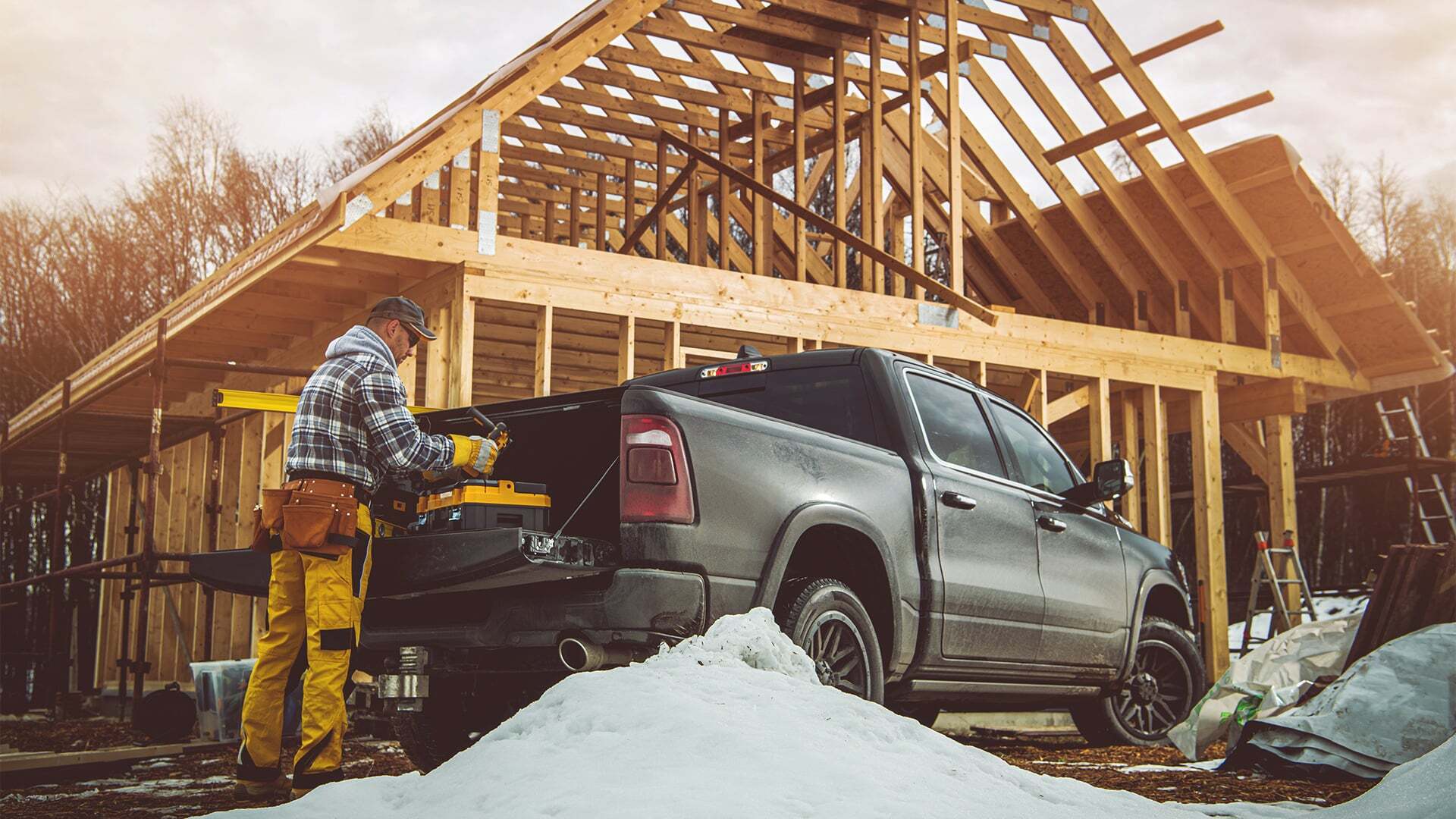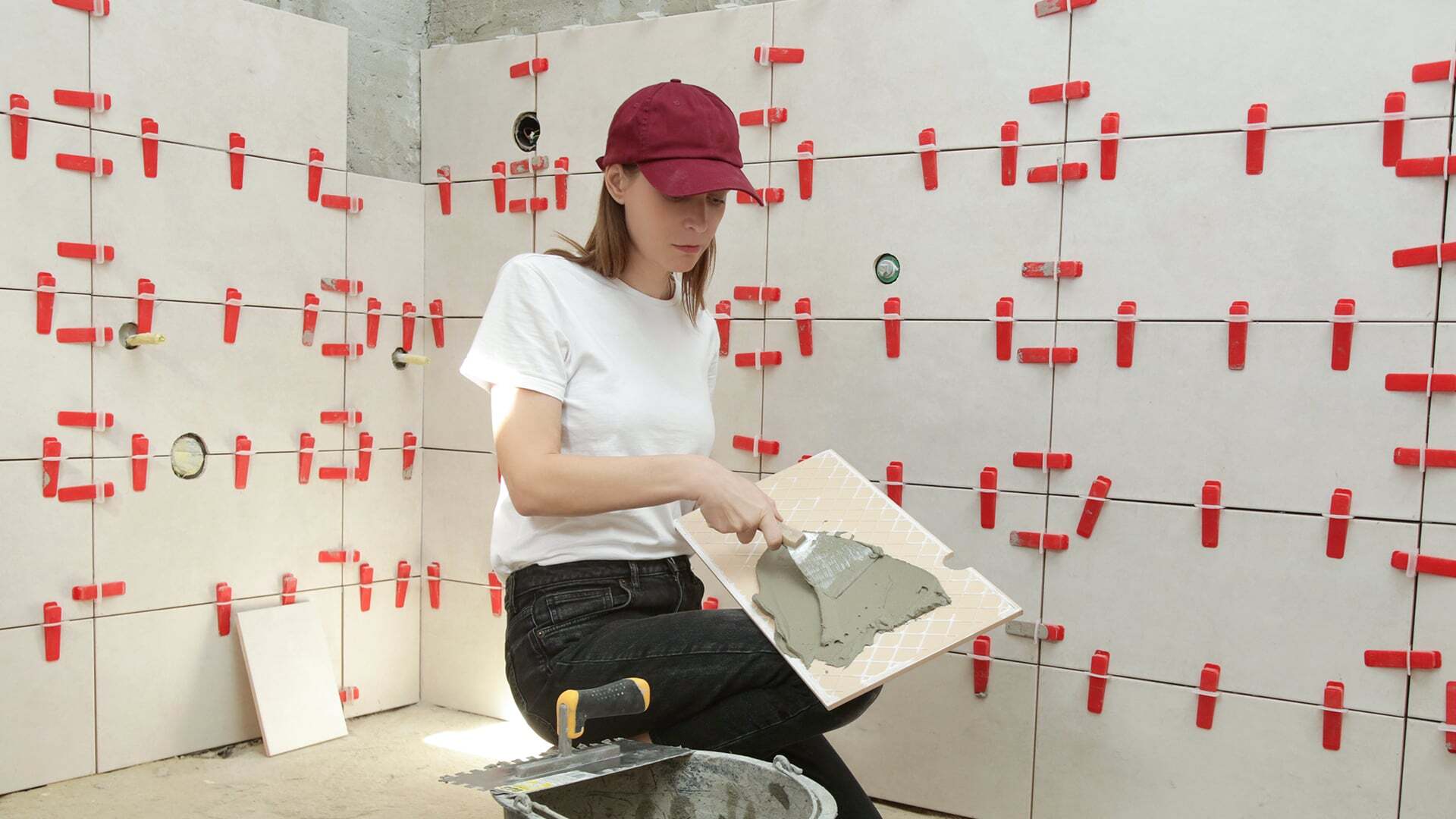
November 19, 2025
Part 1: For B2B Building Materials Brands, Influencer Marketing Needs a Thoughtful Strategy
A More Effective Solution May Already Be Within Reach
Influencer marketing is a growing and popular strategy where brands collaborate with individuals who have a significant following with a specific target audience via social media. Brands often pay these influencers to promote products and services with both organic and sponsored posts, reviews, and videos. It’s effective because the influencer is seen as a credible source.
Programs like these are common in cosmetics, fashion, and health and wellness. Here, partnering with influencer celebrities with large, engaged followings can help brands reach passionate consumers with shared interests and values.
But applying a typical “influencer marketing” model to a B2B brand, especially in the building materials category, isn’t always practical. That’s because these audiences are typically more interested in relating to a respected industry peer, not a celebrity. Peers include installers and builders with technical credibility and building expertise, and the appeal is less about entertainment and more about education.
Here are a number of ways a building materials brand can create effective “influencer” marketing efforts.
1. Determine Your Brand’s Goal for a Marketing Influencer Program
The better you can define the objectives and desired outcomes of an influencer program, the more clarity you will gain for the type of influencer strategy you need to deploy. Often, it depends on where in the marketing funnel you wish to make the most impact. BLD Marketing recently hosted a focus group discussion with a number of Latino contractors active in a variety of building and construction roles. The focus group consisted of seven people representing a variety of skill sets, including carpentry, roofing, general remodeling, siding, concrete, flooring, electrical, and painting.
- If awareness is the primary goal, then a celebrity-type endorsement may work. Even in building materials and construction, there are industry-based celebrities to explore like Matt Risinger and the Build Show Network.
- If the goal is education or building conviction in the brand, the best influencer approach may be a credible voice like an actual trade professional, specifier, or even a dealer representative.
Other factors to consider include the type of product or service you are promoting. More complex products or ones that reach a very specific target audience – like a high-end custom window system – will likely require a more authentic and connected voice to influence the target audience.
2. Redefine the Idea of an “Influencer” and Its Relevance to the Building Materials Market
In the world B2B of building materials, effective influencers can take on many forms. At BLD Marketing, our social media programs include two types of “ambassador” programs: employee-based and customer-based.
- Employee Ambassador Program (EAP) – Identifying current social media champions at the building materials brand and recruiting them for a brand-focused social media program. This option taps into their personal social networks to amplify the message. These programs have their own content calendars with recommended content and thought starters, and are often incentive-based to encourage activity.
- Customer Ambassador Program (CAP) – Identifying key customers with strong, active social media channels and recruiting them for targeted events and activities. Examples include using contractors, architects, and builders to share recent projects utilizing your brand’s products with comments and/or video commentary. This can also be done by paying them to use your product in a way that educates and authentically represents the brand, how the product works, and tips and tricks for installing. Aligning distributor and dealer social media activity with your brand is also an effective, collaborative strategy.
3. Deploy Real-Life Scenarios for Content Creation
Capture your brand “in the wild,” and in authentic ways:
- Products being installed on the jobsite.
- Featuring side-by-side competitive comparisons narrated by a salesperson or customer.
- Providing installation hacks and pro tips to save time and ensure proper installation.
- Creating short Reels demonstrating ease-of-use, durability, and aesthetics.
- Conducting field tests and torture tests where appropriate.
- Capturing the product being unloaded from delivery trucks and onto the jobsite by a contractor.
- Filming a showroom or tradeshow walkthrough tour with narration and on-site SMEs.
4. Using Grassroots Advocates
Motivate the users organically to capture UGC (user-generated content) through recommended content, brand- or program-specific hashtags, and recognition. This usually works best when tapping into an existing customer base – at least to build early momentum. Prizes can be anything from merchandise, gift cards, or simple recognition. Recruit for these efforts as part of brand advertising and social media efforts.
5. Align Goals and Content With Specific Platforms
Create influencer programs that work best for each individual social media channel rather than a “one-size-fits-all” approach.
- YouTube – Feature long-form installations, introductions, tips and tricks, and product comparisons. This platform is a great option when considering more production-heavy paid partnerships.
- Instagram – Highly visual content like Reels and before-and-after installs that can leverage the comment section and direct messaging (DM) automations to further educate viewers about the product.
- LinkedIn – Thought leadership-based content like product performance insights, case studies, and on-site sales and networking events to further prop up your team and expand professional connections.
- TikTok – Focus on the younger, curious audiences, offering quick tips, humor, and behind-the-scenes content.
- Facebook – Provide discussion opportunities and polling among specific contractor and dealer groups that drive local audiences to your brand’s website or landing page for more in-depth education and further nurturing.
6. Make the Customer Influencers a Part of the Process
Create ways for customers to engage early on to feel like they have a voice with the brand.
- Let the customer (builder, installer, dealer) preview new products before they are launched to try, critique, and validate.
- Invite “influencer-type” customers to your customer council or customer advisory boards to align them with your brand.
- Regularly ask your customer for feedback and ways to enhance the brand via regular satisfaction studies and/or focus groups.
- Take all feedback and behind-the-scenes discussions to build a comprehensive strategy that aligns your customer’s authentic voice with your brand’s overall goals for the program.
Related Blog Posts:
Let’s talk.
Have a specific marketing challenge? Looking for a new agency?
We’d love to hear from you.


